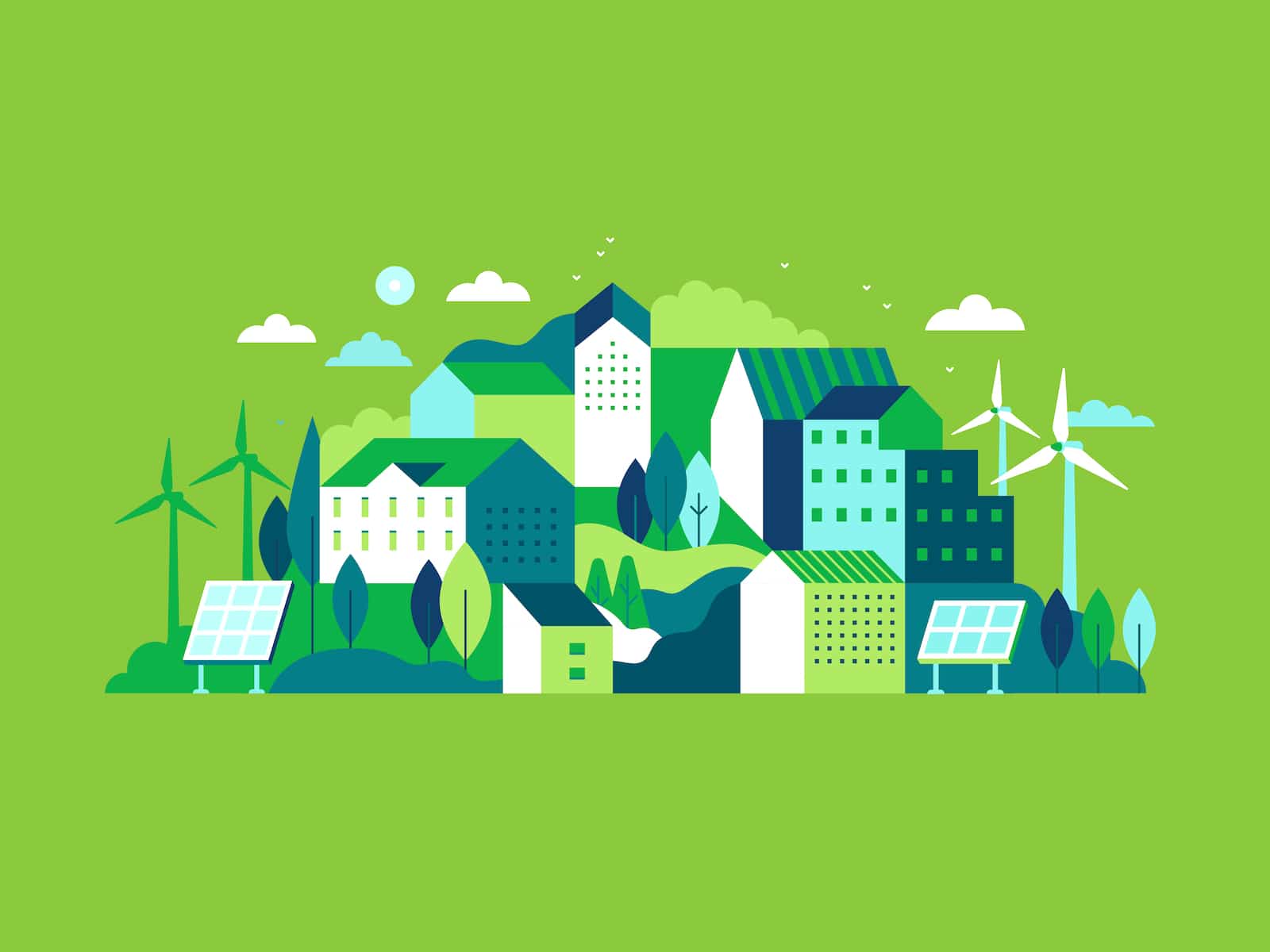On September 17th, 2020, the US Federal Energy Regulatory Commission (FERC) issued the groundbreaking new Order 2222 that will enable aggregators of distributed energy resources (DERs) located on utility distribution systems or behind a customer meter, including small energy storage resources, to participate in organized wholesale electricity markets. This fundamental shift allows regional transmission organizations and independent system operators to determine their own path to this goal, but is driving the change by insisting they submit their plans by June 14, 2021.
“We find that existing RTO/ISO market rules are unjust and unreasonable in light of barriers that they present to the participation of distributed energy resource aggregations in the RTO/ISO markets, which reduce competition and fail to ensure just and reasonable rates,” reads the new FERC order. “These restrictions on competition can reduce the efficiency of the RTO/ISO markets, potentially leading an RTO/ISO to dispatch more expensive resources to meet its system needs. By removing barriers to the participation of distributed energy resource aggregations in the RTO/ISO markets, this final rule will enhance competition and, in turn, help to ensure that the RTO/ISO markets produce just and reasonable rates.”
While FERC’s DER definition is intentionally resource-neutral, FERC clarified that such resources may include energy storage resources, distributed generation, demand response, energy efficiency, thermal storage and electric vehicles. FERC also stated that it supports DER aggregators’ grouping of different types of technologies within a single portfolio, highlighting that mixed technology portfolios could prove useful where individual resource types or technologies are unable to meet qualification or performance requirements on their own. The next few weeks then saw major acquisitions that bring together mixed technology portfolios to seize the DER opportunity.
On October 1st, Emerson announced it has completed the purchase of Open Systems International Inc. (OSI) for $1.6 billion in an all cash transaction. Emerson is is a giant of industrial, commercial and residential automation, as well as an HVAC systems specialist, while OSI is a software provider focused on digital transformation for power efficiency and the better integration of renewable energy resources. Together, OSI’s advanced modular technology and Emerson’s control systems will combine to provide utility customers the ability to optimize energy efficiency across the board, while also driving renewable energy and grid stability.
“An enormous change is underway as utilities globally are investing to digitize the grid and adapt to rapidly evolving energy sources and new technologies that increase consumer choices,” said Lal Karsanbhai, executive president of Emerson’s Automation Solutions. “This acquisition will help the power industry maximize the remarkable opportunity to harness renewable energy sources and to accelerate the transformation to the smart power grid.”

Then, on October 5th, Generac Power Systems announced that it was acquiring Enbala Power Networks, a DER orchestration software platform manages roughly 600 megawatts of flexible loads including pumps and motors, backup generators and behind-the-meter batteries for grid services. Enbala is one of the most prominent companies in the DER space that had yet to be acquired, but in the recent flurry of acquisitions not many were surprised that they were snapped up. The deal now puts Generac in the business of aggregating distributed energy resources as virtual power plants that will fundamentally change the way power moves across the grid.
“We’re on the leading edge of a remarkable transformation of the electrical grid, moving from a dated and centralized power distribution model to one that will be digitized, decentralized and more resilient,” said Aaron Jagdfeld, Chief Executive Officer of Generac. “Distributed generation is a critical next step for utility companies faced with meeting peak demand while also dealing with capacity constraints and regulatory restrictions.”
Such acquisitions are not all that unusual and were taking place long before the recent FERC order, especially in Europe where DER integration policy is a few years ahead. In 2017, British energy giant Centrica acquired Belgian DER startup REstore for $81.4 million, following the purchases of building sensor startup Panoramic Power for $60 million in 2015, and preceding the acquisitions of energy trading platform Neas Energy for $249 million and combined heat-power provider ENER-G Cogen for $212 million, both in 2019. While French energy company Engie significantly increased its stake in Swiss DER startup Tiko and UK-based DER provider Kiwi Power last year.
Back in the US, it will probably still be a few years before RTOs will be ready to facilitate participation of DER aggregators in wholesale markets, but FERC’s Order No. 2222 creates a framework for how RTOs should design their participation models. Whether DER aggregators and their investors will be able to navigate state public utility regulations, local utility tariffs, and wholesale market tariffs is another set of questions, but the FERC order is certainly a step in the right direction. All we know for sure is that the future of energy is distributed, as that is the only practical way to integrate necessary renewable generation and balance the energy system.



